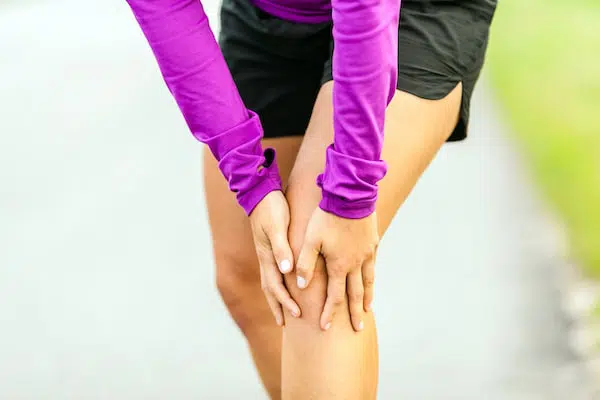Call Now!
Torrance Office: +1 (424) 360-0155

At Rolling Hills Medical, one of the most common conditions that we see is knee pain. Some people have knee pain that develops following an acute injury, such as a fracture or a ligament tear. Other people have pain that develops slowly over a period of days, weeks, or even months. Often, one of the main causes of the latter is something called Runner's Knee. When someone receives a diagnosis of Runner's Knee, there are several common questions that we hear.
Runner's Knee is the generalized name given to any condition that causes pain in and around the kneecap. As the name alludes to, one of the most common causes is repetitive use of the joint, such as running. Most often, people feel this pain and discomfort after prolonged activity. They often target the exact space underneath the kneecap as the location of their symptoms.
The symptoms of Runner's Knee can vary slightly depending on how long the condition has been present. Generally, the pain with Runner's Knee is worst immediately after someone finishes a stressful activity, such as running or playing sports. The pain gets worse if people try to use the stairs. Usually, there isn't any swelling present. As the quads start to tire, the symptoms will start to appear.
The kneecap, called the patella, is present inside of the patellar tendon itself. This tendon connects one of the largest muscle groups in the body, the quads, to the kneecap itself. If the cartilage underneath the patella is damaged, pain starts to set in. If the muscles are weak or tight, there is less support for the knee itself. Without this support, major stress is placed on the knee. This causes the development of Runner's Knee.
If someone has been diagnosed with Runner's Knee, there are a few treatment options available. First, it will be important for people to strengthen the muscles in their knees, hips, and quads. By strengthening the muscles in and around the knee, the knees won't have to carry as much of the load. This helps alleviate the symptoms. Working on running form can also help alleviate the symptoms. Finally, some people simply need to stay off of their knees for a little while, giving it time to heal.
There are also certain exercises that people can do to prevent Runner's Knee. Preventing an injury from developing is far more effective than treating it after it has already started. First, squats are a great way to strengthen the quads and provide additional support. After running, it is also helpful to place a foam roller just above the knee. Then, roll the body back and forth on top of the roller. This will help the quads recover, improving knee support.
Anyone who has been diagnosed with this injury needs to rely on the care of an experienced Torrance Runners Knee doctor. At Rolling Hills Medical, we are here to serve the citizens of the Torrance area. We are patient advocates and will find a way to develop a treatment plan that addresses the root cause of your problems. Not everyone requires surgery and we will keep you out of the operating room if we can. We also work hard to stay up to date on the latest diagnostic and treatment tools to provide the best care for you that we can. To learn more about how we can help you and your family, please call us today at 424-250-8699 to make an appointment. We would be honored to care for you.
